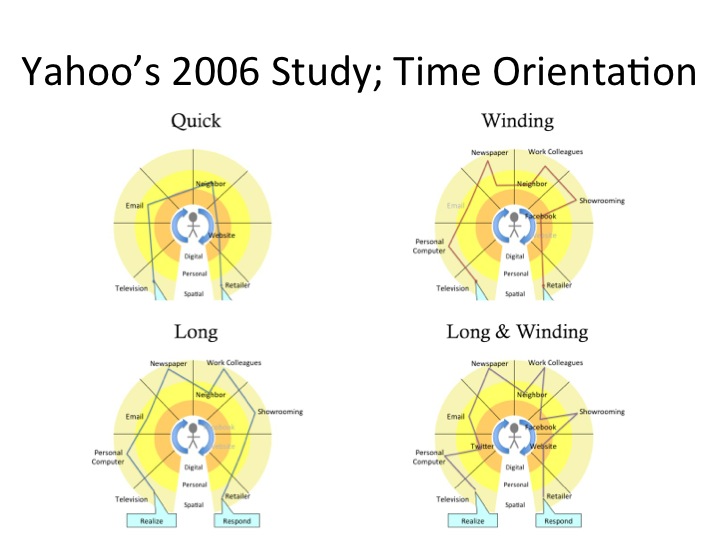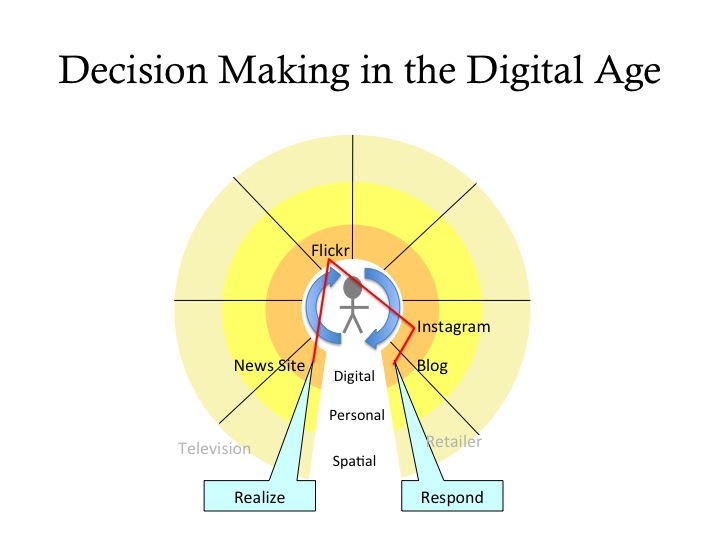“Ninety percent of the war will be fought on the Information Terrain.”
- Ayman al Zawahiri, 2005
Zawahiri’s 2005 missive is particularly relevent this week as hostilities broke out in Gaza between Israel and Hamas. This fight is already different from any that have come before between these two adversaries, and a quick examination of the opening salvos may tell us a lot about our own next future conflict.
When Hamas launched rockets into Israel, Tel Aviv responded by going after Hamas miltiary commander Ahmad Jabari. He was certainly a likely target for the Israeli Defense Force (IDF) – what was unusual was how the IDF Tweeted his demise to the world literally as the assault took place. They also Tweeted video of a launch site next to a mosque, showing the mosque remained undamaged by the precision strike.
Israel’s use of social media is unprecedented for a state power. Buzzfeed wrote it could “well be the most meaningful change in our consumption of war in over 20 years.” This concept, the consumption of war, takes on a whole new meaning in the social media era.
So consider for a moment the consumption of war in Gaza. Only a handful of days into the conflict and we’ve been forcefed bucketfuls of information by mainstream and social media. Israel learned during the Gaza struggle four years ago that the story of the conflict (read: consumed information) can be more important to the world than the conflict itself. Get ahead with the story and you are ahead in the conflict. That is what we saw Israel do this week.
Israel updated its approximately 100,000 Twitter followers at @IDPFspokesperson as soon as the attacks on Gaza began. They reported the conflict first. My college martial arts team was always counseled that if we ever had to use our skills in a real streetfight, the first thing we were to do when it was over was call the police. Why?
Because authorities favor the initial reporter who, even if victorious, is typically considered the victim. With Gaza, world opinion is the authority Israel wants to view it as the victim - before Hamas’s all too predictable pictures of alleged victims are flashed around the world.
The Map is Not The Territory
Zawahiri’s phrase, though catchy, is misguided. He may have mapped out his battle plan, but ‘the map is not the territory,’ (a synonym for terrain).
The Polish-American scientist Alfred Korzybski first crafted this phrase in a paper he wrote for the American Association for the Advancement of Science in 1931. He was describing the relationship between an object and a representation of the object, using the analogy of a geographic territory and a corresponding map.
‘The map is not the territory’ describes his view than an abstraction derived from something was not the same as the thing itself. A map is a representation, but people often confuse representations of reality with actual reality. Zawahiri did this in 2005. The information terrain is not a battlefield. Rather, information is a weapon on the new battlefields.
Korzybski held that people confuse perceptions and belief with direct knowledge of reality. So it stands to reason that influencing those perceptions and beliefs would, in fact, change reality. Therein lies the power of information as a weapon.
Yahoo(s) in 2006
In 2006, Yahoo.com financed a study to see how consumers make buying decisions. Like Zawahiri, they were trying to frame information using the analogy of a road map. Both, for very different purposes, were trying to grasp how an ‘average’ person’s decision making was changing in the modern age. Yahoo’s study provided objective insight that Zawahiri could only theorize on.
Yahoo focused not on the what but rather on the how. How do people arrive at the decision to buy one item over another, one brand over another? They found four broad categories of decision making patterns based on the type of information required:
· Quick – little research, immediate decision making
· Winding – using various research sources, reasonably fast decision making
· Long – waiting for right time/price/info, purposefully delaying decision making
· Long and winding – high uncertainty, much research, future decision making
In a few brief pages they broadly characterized methods of buyer decision making. But information should be thought of as the vehicle traveling on certain roads, not as the roads themselves. As such, the terrains involved have a large impact not just on how we get there, but also when.
As I’ve noted previously, all people traverse three basic terrains: the personal, digital, and spatial. Personal terrains are our relationships, from our best friends to our weird cousin Ernie. Digital terrains are our various social media links, from email and iChat to Facebook and Twitter. Finally there are the spatial terrains, the physical proximity to the people we know and communicate with These terrains exist simultaneously around us every day. That’s how we should examine Yahoo’s study, as terrains surrounding us like a clock.
When we examine Yahoo’s models we notice something important. Time is a critical but largely overlooked aspect of decision making. But time impacts decision making in a myriad of ways, sometimes to our benefit and other times to our disadvantage.
If we plot Yahoo’s study onto this time-oriented terrain map, note how compressed time becomes as information transitions more from the spatial to the digital terrains. Decision making becomes accelerated. Decisions are made with information that is less likely to be vetted in the traditional sense. This changes the dynamics of how we think and believe in ways few could have predicted a few years ago.

Flash forward to 2012. Now, this same realize, research, and respond structure can exist entirely in the digital terrain. As a result, it moves much faster than it ever could have previously. Though Yahoo was focusing on purchasing behavior, these same characteristics reflect virtually any kind of decision making, from who to vote for, what to believe, and a myriad of other decisions we all make every day.
A single news item from the web can lead to a cascade of Internet sources for additional information. Once a person’s mind is made up they can then post their opinion or news item to a blog. This potentially becomes the information trigger (realization) for someone else, and the entire process begins anew.

But this also has a downside. Because decision making occurs so much faster there is greater likelihood for dis-or-mis information to have a larger than normal impact. There are fewer opportunities to intercept and correct invalid information. This has a disproportionally larger impact as more decisionss are based on wrong information, thus influencing others. It also means there are fewer opportunities to target commonly shared information sources.
What Could Have Been, What May Still Be
Afghanistan has reminded us that insurgency is the bloodiest of all conflicts. The tables are turned; rather than some overseas battlefield, combat takes place in the backyard of both the attacker and the defendant. Armies accustomed to distant clashes with standoff weapons find the casualty count much higher when the tallies of ‘ours’ and ‘theirs’ are contained in a single column. It’s a reminder that a nation is a social construct, not a territorial one.
Israel, Gaza, and the West Bank are territorial constructs, but the people are a unique multidimensional mix of race, religion, language and ethnicity social constructs. But with combatants on both sides using social media to deliver information weapons to the outside world, we can hope decision making will be done much quicker than in previous fights. Including the decision by both sides to stand down.
GigaOm senior writer Mathew Ingram said, “If the Egyptian government had been doing what the IDF is doing during the Arab Spring, it would have been a very different picture.” He noted that armies and governments have used radio broadcasts and other tools for influence campaigns many times, but “what changed is the reach and speed” of social media tools. Clearly, Israel chose some time ago to design a time based strategy that would use these tools.
Businesses long recoginzed the time value of money. Perhaps governments are now recognizing the time value of information. Investments are characterized by the future value of a present sum based on cash flows. Israel appears to have based the future value of the present conflict based on information flows – stories they are telling via social media, seeking a payoff of peace (we hope) in the very near future.
IDF Social Media Sites Covering the Assault on Gaza:
